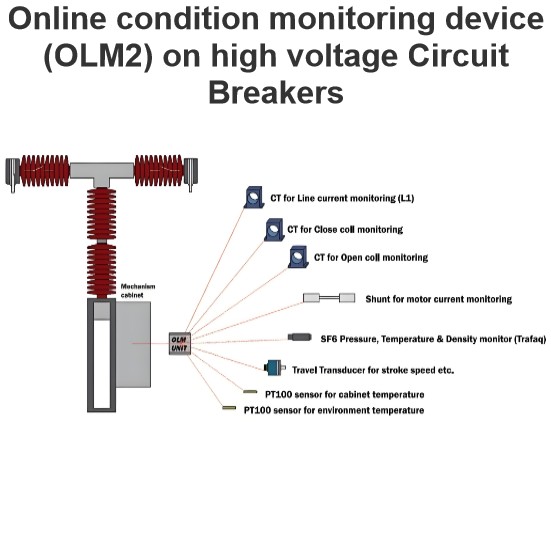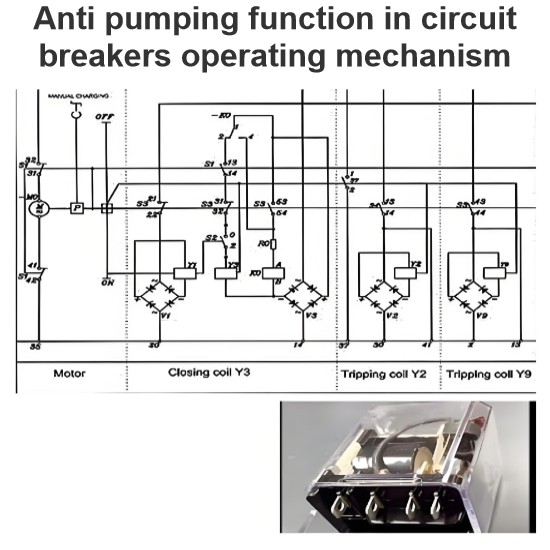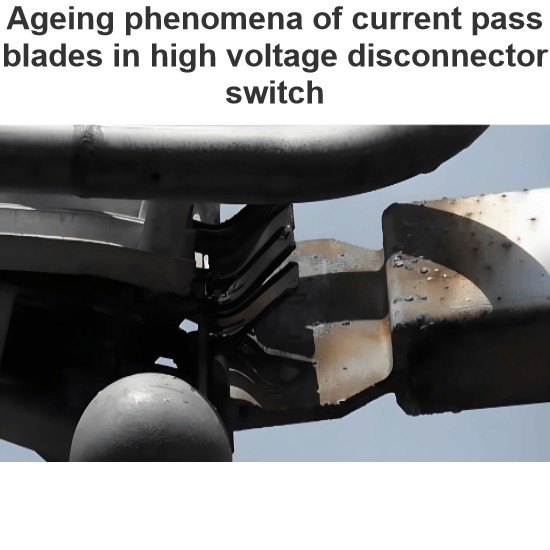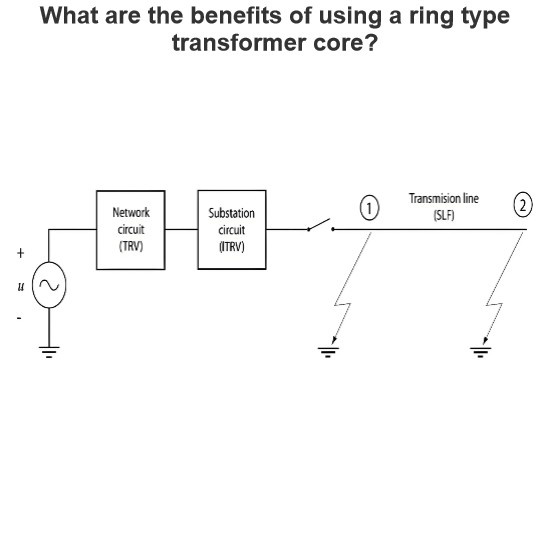Making condition under short circuit current for switchgear
Detailed Explanation of the Making Current Flow and Pre-Strike Phenomenon in Switchgear
In switchgear, particularly in circuit breakers (CB) and load break switches (LBS), the making current flow refers to the process by which an electric arc is initiated when the contacts begin to close. This process does not start exactly when the contacts physically touch but can occur several milliseconds earlier due to a phenomenon known as pre-strike. Below is a detailed explanation of this phenomenon and its implications.
- Pre-Strike: Initiation of Arc Before Contact Touch
- Dielectric Breakdown: As the contacts approach each other during the closing operation, the insulating medium (such as air, SF6, or vacuum) between them suffers a dielectric breakdown. This occurs because the electrical field in the gap between the contacts increases as they get closer. When the field strength exceeds the dielectric strength of the insulating medium, the gap breaks down, and a switching arc is initiated.
- Electrical Field Build-Up: The electrical field between the contacts builds up as they move toward each other. This field is proportional to the voltage across the contacts and inversely proportional to the distance between them. When the field becomes sufficiently strong, it causes ionization of the gas molecules in the gap, leading to the formation of a conductive path for the current to flow.
- Arc Initiation: The arc is initiated before the contacts actually touch, typically several milliseconds earlier. This early initiation of the arc is called pre-strike. During pre-strike, the arc forms in the small gap between the contacts, and the current begins to flow through the arc rather than waiting for the contacts to make physical contact.
- Implications of Pre-Strike
- Excessive Melting of Contact Surfaces: If the energy involved in the pre-strike is large, it can cause excessive melting of the contact surfaces. This is particularly problematic in short-circuit conditions, where the current can be extremely high. The molten metal on the contact surfaces can lead to welding of the contacts, where the two surfaces fuse together.
- Welding of Contacts: Welded contacts can prevent the switching device from responding appropriately to the next opening command. If the operating mechanism of the switchgear does not provide sufficient force to break the welded points, the device may fail to open properly, leading to potential safety hazards and equipment damage.
- Short-Circuit Current Characteristics: Short-circuit currents often contain a DC component, which can cause the peak value of the current to be much higher than that of a pure AC short-circuit current. This increased peak current can exacerbate the effects of pre-strike, leading to more severe contact damage and welding.
- Arc Voltage Dependence: The voltage across the arc (arc voltage) is highly dependent on the interrupting medium used in the switchgear. Even with very short arc lengths, there can be significant voltage drops near the electrodes. This is because the arc resistance is not uniform along its length, and the regions near the electrodes tend to have higher resistance due to the concentration of heat and ionized particles.
- Making Under Short-Circuit Conditions
- Circuit Breakers (CB): In circuit breakers, the making operation under short-circuit conditions is particularly challenging. The high current levels and the presence of a DC component can lead to intense arcing and contact damage. Modern circuit breakers are designed with advanced materials and cooling mechanisms to mitigate these effects, but pre-strike remains a concern.
- Load Break Switches (LBS): Load break switches are also susceptible to pre-strike during the making operation, especially in high-current applications. However, LBS devices are typically used in lower-voltage and lower-current applications compared to circuit breakers, so the risk of severe contact damage is generally lower.
- Stages of the Making Operation in Switchgear
The making operation of switchgear can be divided into several stages, as shown in the figure:
- Stage 1: Initial Approach of Contacts: The contacts begin to move toward each other, and the electrical field between them starts to build up. At this stage, no current flows, but the potential for pre-strike is increasing.
- Stage 2: Pre-Strike Arc Formation: As the contacts get closer, the electrical field exceeds the dielectric strength of the insulating medium, causing a dielectric breakdown. A pre-strike arc is formed, and current begins to flow through the arc before the contacts touch.
- Stage 3: Contact Touch and Arc Transfer: The contacts finally make physical contact, and the arc transfers from the gap between the contacts to the contact surfaces. The current continues to flow through the now-closed circuit.
- Stage 4: Steady-State Operation: After the contacts have fully closed, the system enters steady-state operation, and the current flows through the closed contacts without any arcing.
- Mitigation Strategies
To minimize the effects of pre-strike and contact welding, several design and operational strategies can be employed:
- Use of High-Dielectric-Strength Insulating Mediums: Using insulating mediums with high dielectric strength, such as SF6 gas or vacuum, can reduce the likelihood of pre-strike by requiring a higher electrical field to initiate breakdown.
- Advanced Contact Materials: Using contact materials with high melting points and good thermal conductivity can help reduce contact damage during pre-strike. Materials like copper-tungsten alloys are commonly used in high-voltage switchgear.
- Cooling Mechanisms: Incorporating cooling mechanisms, such as puffer systems or forced gas flow, can help dissipate heat from the arc and reduce the temperature of the contact surfaces, minimizing the risk of welding.
- Mechanical Design Enhancements: Ensuring that the operating mechanism provides sufficient force to break any welded points during the opening operation can prevent the switchgear from failing to open properly.
- Protection Systems: Implementing protection systems, such as overcurrent relays and fault detection mechanisms, can help detect and respond to short-circuit conditions more quickly, reducing the duration and intensity of the arc.
Conclusion
The pre-strike phenomenon, where the arc is initiated before the contacts physically touch, is a critical aspect of the making operation in switchgear. It can lead to excessive contact damage, welding, and potential failure of the switching device. Understanding the factors that contribute to pre-strike, such as the electrical field build-up and the characteristics of the insulating medium, is essential for designing and operating reliable switchgear. By employing appropriate mitigation strategies, such as using high-dielectric-strength insulating mediums, advanced contact materials, and cooling mechanisms, the effects of pre-strike can be minimized, ensuring safe and reliable operation of switchgear in both circuit breakers and load break switches.
Hello,I'm Wdwiin. A decade of hands-on experience in electrical engineering, specializing in high-voltage systems, smart grids, and renewable energy technologies. Passionate about technical exchange and knowledge sharing, committed to interpreting industry trends with professional insights to empower peers. Connection creates value—let’s explore the boundless possibilities of the electrical world together!













